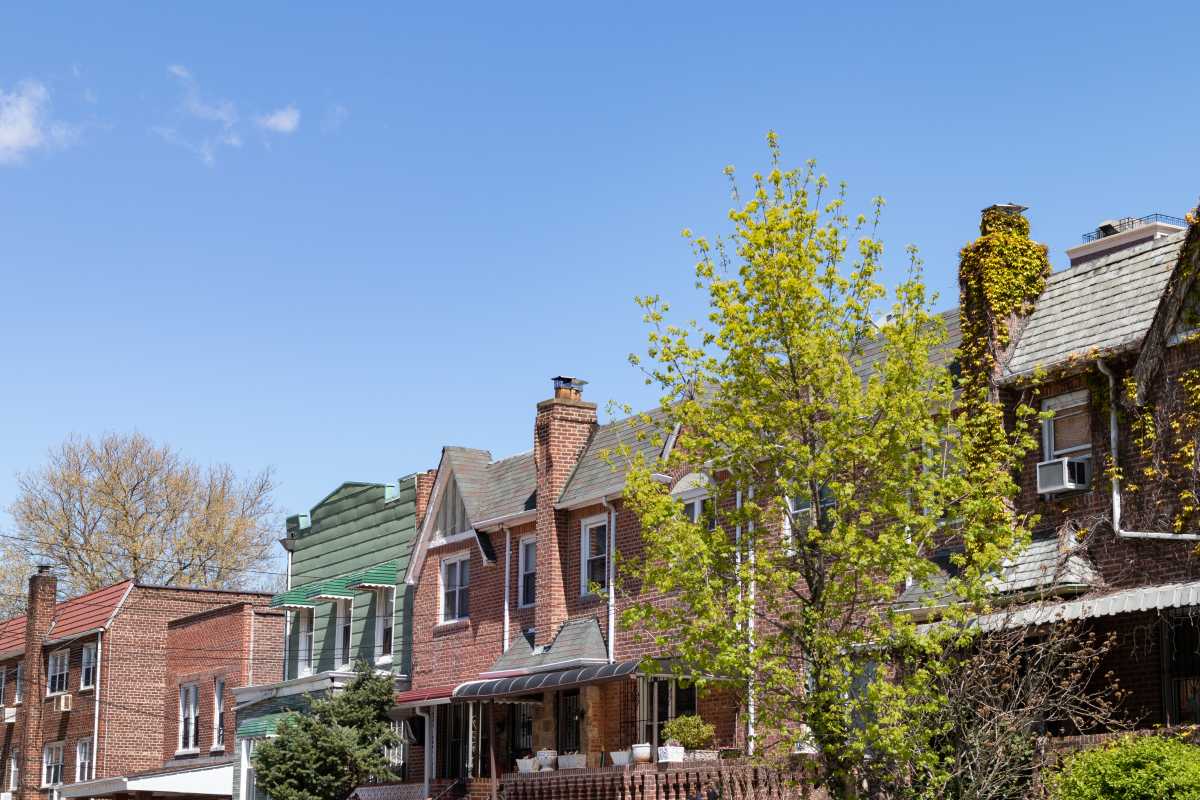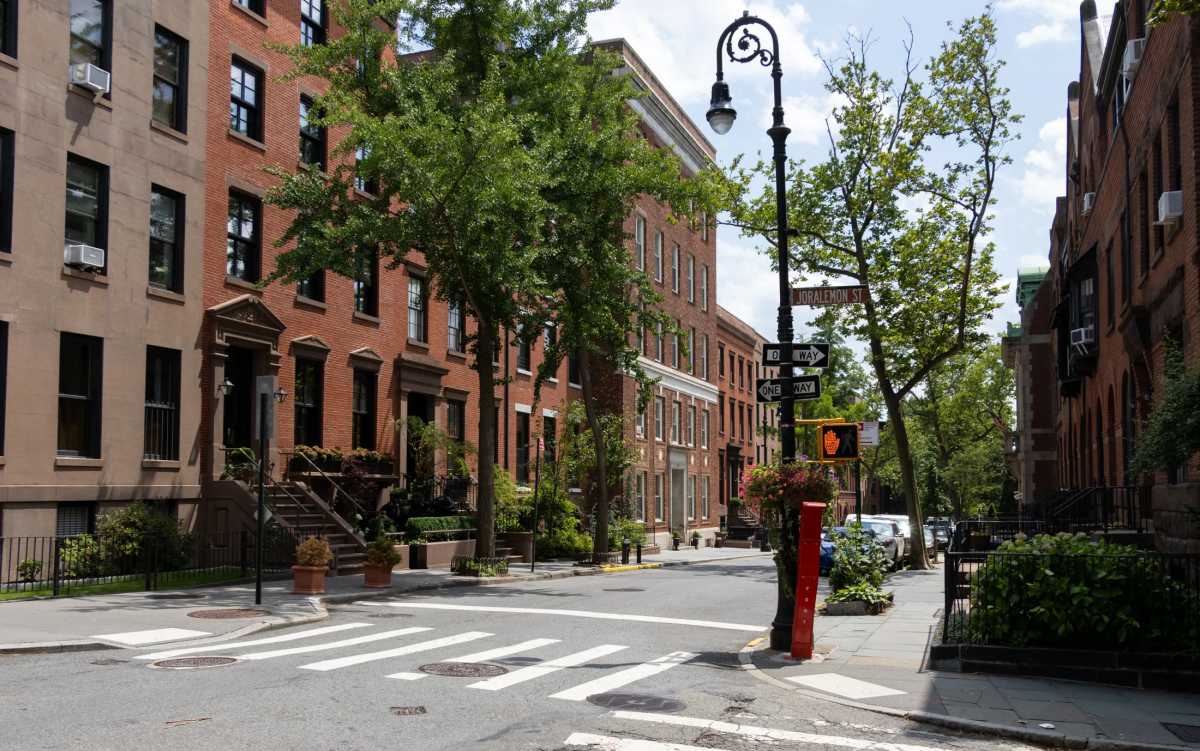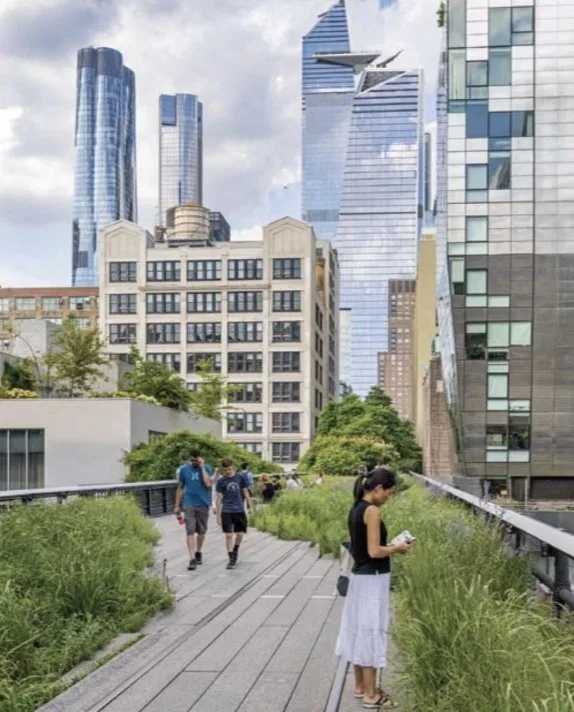
BY JACKSON CHEN | A neighborhood organization vigilant in guarding against new supertowers rising on the Upper East Side has managed to hold up a proposed development at 180 East 88th Street, with the city recently issuing a stop-work order.
DDG Partners, a Tribeca-based real estate investment and development company, planned a 521-foot tall building on the corner of 88th and Third Avenue. Work on the foundation of the 31-story luxury residential tower was underway when DDG was slapped with a stop-work order from the Department of Buildings on May 26.
It was Carnegie Hill Neighbors — an organization dedicated to protecting the historic character of Upper East Side blocks from 86th to 98th Streets west of Third Avenue to Central Park — that first sniffed out the development’s skirting of zoning regulations in order to exceed height limits to which the building is subject.
“We knew something was wrong,” said Lo van der Valk, the president of Carnegie Hill Neighbors. “We kept asking questions with what’s going on at 88th, but we said let’s not fool around and try to figure out the zoning ourselves.”
Even though the time for challenging DDG’s plans had expired, van der Valk called in George Janes, a zoning and land use consultant the organization has on retainer, who reviewed the zoning documents looking for any discrepancies.
In going over the architectural drawings submitted to the city, Janes said he noticed the curious fact that the developers had reduced one of its two lots at the site from 30 feet by 22 feet to four feet by 22 feet.
“Developers don’t ever want to make their zoning lots smaller,” Janes said. “If you make the zoning lot smaller, you have a smaller building.”
Janes said the discovery became a puzzle for him to work backwards from in trying to figure out the developer’s incentive in doing so. He ultimately concluded that the new smaller zoning lot created a buffer between the much larger lot on which the building was actually planned and East 88th Street. Since the building’s lot doesn’t reach East 88th Street — instead the vacant four-foot lot does — the developer acted on the assumption that it could disregard zoning regulations attached to the side street and build taller, Janes said.
The consultant pointed out, however, that under city zoning regulations, adjacent lots owned by the same entity must be treated as the same zoning lot.
Janes also found that the design lacked the proper entrance and exit onto East 88th Street that DDG asserted was part of the building’s plan.
Armed with Janes’ findings, Carnegie Hill Neighbors alerted elected officials of DDG’s apparent violation of zoning laws.

“We recognized the comment period had expired, so the question was what do you do,” van der Valk said. “The only way you could approach the Department of Buildings is through your elected officials, and we have two great advocates for neighborhood zoning.”
Both City Councilmember Ben Kallos and Borough President Gale Brewer picked up the issue after hearing from Carnegie Hill Neighbors and they put pressure on the city to act. On May 16, the two jointly sent a letter to DOB requesting an immediate stop-work order on construction at the site.
Ten days later, the department responded with the stop-work order, having conducted an audit of the plans, which it had initially approved on March 9, according to city records.
“Developers regularly submit creative plans to maximize the square footage they can build,” said Rick Chandler, DOB’s commissioner. “To ensure that projects meet zoning laws, DOB routinely audits new building applications.”
In the audit, the department found that the developer created an unbuildable lot “for the sole purpose of evading zoning restrictions,” Chandler said, adding DOB is requiring the developer to submit new plans.
According to Janes, complying with existing zoning regulations could cost the current design about 60 feet in height, but he added that the developer can craft a redesign that’s completely different from the one submitted originally. Even a reduction of 60 feet in height, Janes conceded, means that Carnegie Hill is getting a new building of unusual height for the neighborhood.
Carnegie Hill Neighbors expressed pleasant surprise at how quickly elected officials were able to get the Department of Buildings to halt work on a development at odds with zoning regulations.
“I think they recognized they had to do something fast because there was still work on the foundation going on,” van der Valk said.
The group, he added, is pleased it succeeded in forcing a new luxury residential tower to play by the city’s zoning rules.
“The point is developers already have so many advantages,” van der Valk said. “They don’t need another advantage to make them taller and to circumvent the protections that the zoning law really wanted in place for contextual zoning.”
DDG Partners, which according to the New York Times, donated at least $19,900 to Mayor Bill de Blasio’s 2013 campaign, couldn’t be reached for comment as of press time.
The mayor, in an emailed statement, said, “We listened to the community’s concerns, investigated the project, and put a stop to further construction after the audit determined that the development plans were improper. When we see something that’s not right, we’ll take swift action to correct it.”






































